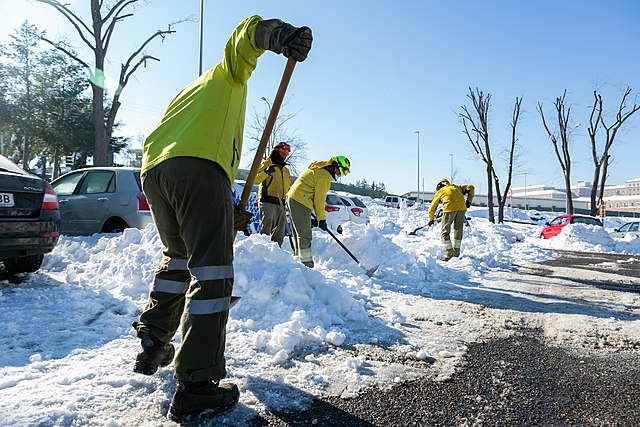The Upper Midwest will receive significant snowfall from a massive winter storm that will span 2,600 miles from coast to coast across the northern United States this week, according to AccuWeather meteorologists.
The storm will also spread an icy mix from close to the Iowa/Nebraska border to the northern New England coast.
The storm will travel eastward along a zone of extreme temperature contrast across southern Canada, with record-breaking warm air to the south and arctic air to the north.
On Monday, winter storm warnings covered sections of the Rockies and the Pacific Northwest, and winter storm watches covered western Wisconsin and portions of Wyoming.
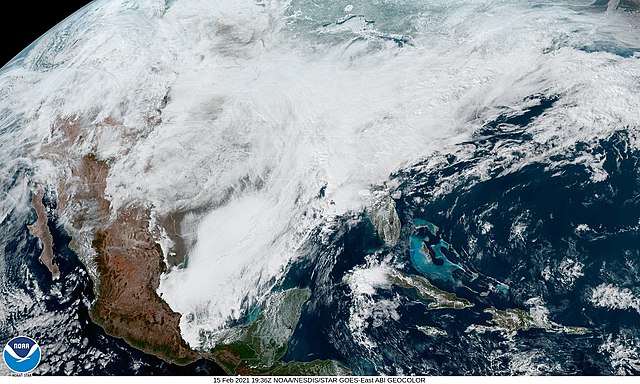
As the storm spreads over a sizable portion of the West into the middle of the week, major transport disruptions are anticipated due to the storm’s cold air and heavy snowfall. From South Dakota to central Minnesota, as well as the northern regions of Wisconsin and Michigan, the same storm will deposit 1-2 feet of snow from Tuesday through Thursday. The significant urban areas of Minneapolis and St. Paul are included in this.
AccuWeather meteorologist Matt Benz predicted that Minneapolis would likely receive 18 inches or more of snow from the storm. “It’s possible that the February record of 13.8 inches from a single storm will be broken.” Additionally, the snowfall might be one of the top storms ever documented for any month in the city.
Minneapolis-St. Paul International Airport may need to be temporarily closed during the storm, according to forecasters. At the very least, numerous flight delays and cancellations are probable.
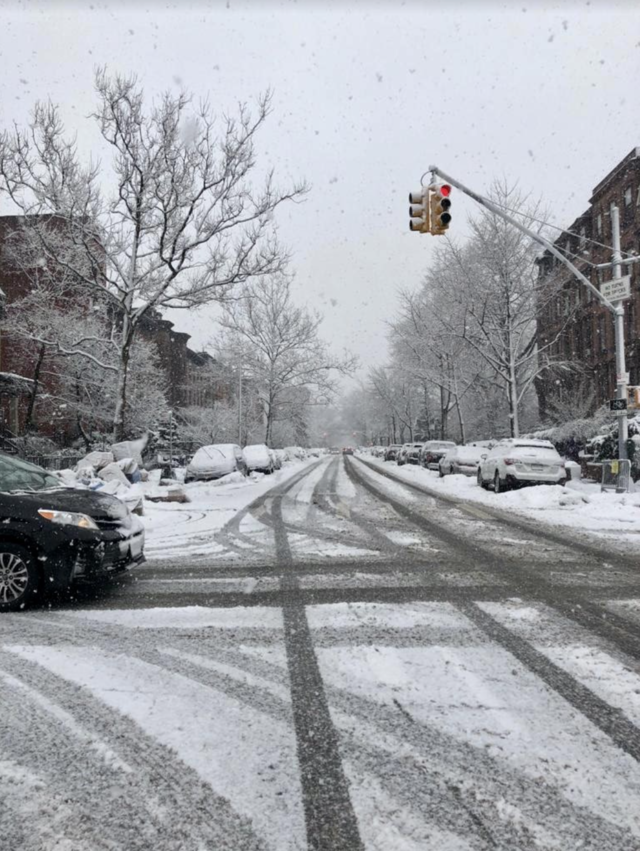
Other sections of the region’s major highways, including interstates 29, 35, 90, and 94, could be closed during the storm’s peak because of the heavy snowfall.
Further south, the storm will create an icy band that will stretch roughly 1,300 miles from Omaha, Nebraska, to Portsmouth, New Hampshire. Milwaukee and Detroit, as well as the northern suburbs of Chicago and Boston, are included in the icy and hazardous travel zone with the possibility for major damage to trees and power lines.
It is possible for a glaze of ice to accumulate on exposed surfaces in parts of northern Illinois, the southern section of Michigan’s lower peninsula, and the southern tier of New York, ranging in thickness from 0.25 to 0.50 of an inch. Widespread power disruptions could result from such a significant accumulation of ice.
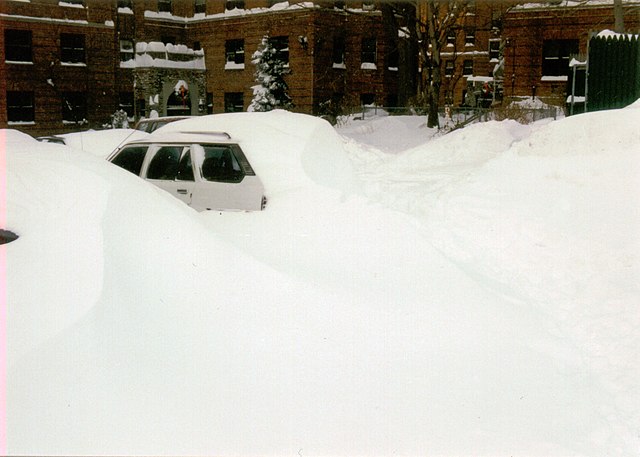
Due to the requirement for deicing operations, there will probably be airline disruptions at Chicago’s O’Hare International Airport. The significant accumulation of ice may also necessitate the temporary closure of Detroit’s Metro Airport as well as numerous flight delays and cancellations.
Due to the quantity of aircraft and crews that are likely to be displaced as a result of the storm in Minneapolis and Detroit, ripple-effect airline delays are likely to occur across the nation.
The snow, ice, and rain zones in the Northeast are probably more widely dispersed to the north and south. Ice may only form on elevated surfaces, such as bridges, trees, and vehicles, in sections of northern Ohio, much of central Pennsylvania, the lower Hudson Valley of New York, and central New England.
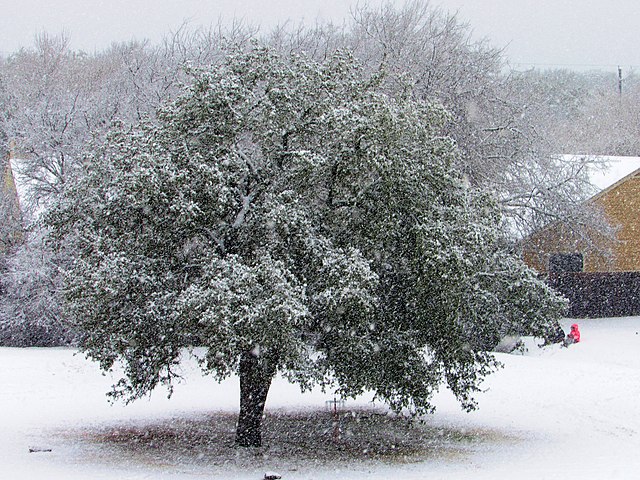
The northern regions of Vermont, New Hampshire, and Maine will receive the most snow east of the Great Lakes, with 12 to 18 inches expected to accumulate there. For the majority of coastal Maine and the northern portion of New York, 6–12 inches of snow are forecast.
Meanwhile, from the Ohio Valley to the central Appalachians and the mid-Atlantic regions, showers may be accompanied by thunder and lighting in the storm’s warm sector. A few storms could develop into severe ones over the Mississippi and Ohio basins.
In addition to Cincinnati and St. Louis in the Midwest, New York City, Philly, Washington, D.C., and Pittsburgh will experience rain showers as a result of the storm.
The team of long-range forecasters at AccuWeather believes that additional rounds of snow and ice are probable over the Upper Midwest and the northern third of the Northeast during the latter part of February and into March.
Download The Radiant App To Start Watching!
Web: Watch Now
LGTV™: Download
ROKU™: Download
XBox™: Download
Samsung TV™: Download
Amazon Fire TV™: Download
Android TV™: Download

